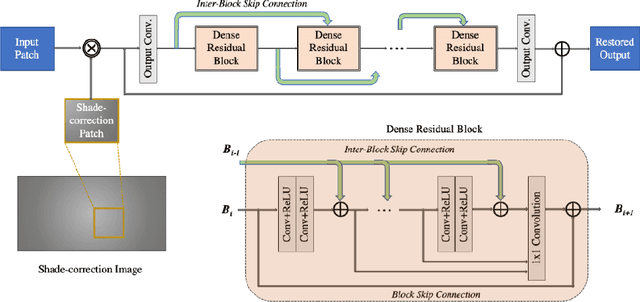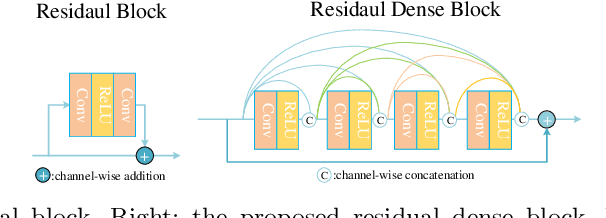Sumanth Hegde
Accelerating Direct Preference Optimization with Prefix Sharing
Oct 27, 2024



Abstract:Offline paired preference optimization algorithms have become a popular approach for fine-tuning on preference data, outperforming traditional supervised fine-tuning in various tasks. However, traditional implementations often involve redundant computations, especially for tasks with long shared prompts. We introduce prefix sharing for preference tuning, a novel technique that processes chosen and rejected responses as one sequence with a shared prefix. To prevent cross-response contamination, we use a custom block-sparse attention mask. Our method achieves $1.1$-$1.5\times$ improvement in training throughput on popular DPO datasets, without any effect on convergence. When combined with sequence packing, we observe consistent $1.3$-$1.6\times$ speedups, benefiting even datasets with smaller sequence lengths. While we focus on Direct Preference Optimization (DPO), our approach is applicable to other paired preference tuning methods. By enhancing computational efficiency, our work contributes to making preference-based fine-tuning more accessible for a wider range of applications and model sizes. We open-source our code at https://github.com/frankxwang/dpo-prefix-sharing.
Deep Atrous Guided Filter for Image Restoration in Under Display Cameras
Sep 01, 2020



Abstract:Under Display Cameras present a promising opportunity for phone manufacturers to achieve bezel-free displays by positioning the camera behind semi-transparent OLED screens. Unfortunately, such imaging systems suffer from severe image degradation due to light attenuation and diffraction effects. In this work, we present Deep Atrous Guided Filter (DAGF), a two-stage, end-to-end approach for image restoration in UDC systems. A Low-Resolution Network first restores image quality at low-resolution, which is subsequently used by the Guided Filter Network as a filtering input to produce a high-resolution output. Besides the initial downsampling, our low-resolution network uses multiple, parallel atrous convolutions to preserve spatial resolution and emulates multi-scale processing. Our approach's ability to directly train on megapixel images results in significant performance improvement. We additionally propose a simple simulation scheme to pre-train our model and boost performance. Our overall framework ranks 2nd and 5th in the RLQ-TOD'20 UDC Challenge for POLED and TOLED displays, respectively.
UDC 2020 Challenge on Image Restoration of Under-Display Camera: Methods and Results
Aug 18, 2020



Abstract:This paper is the report of the first Under-Display Camera (UDC) image restoration challenge in conjunction with the RLQ workshop at ECCV 2020. The challenge is based on a newly-collected database of Under-Display Camera. The challenge tracks correspond to two types of display: a 4k Transparent OLED (T-OLED) and a phone Pentile OLED (P-OLED). Along with about 150 teams registered the challenge, eight and nine teams submitted the results during the testing phase for each track. The results in the paper are state-of-the-art restoration performance of Under-Display Camera Restoration. Datasets and paper are available at https://yzhouas.github.io/projects/UDC/udc.html.
 Add to Chrome
Add to Chrome Add to Firefox
Add to Firefox Add to Edge
Add to Edge